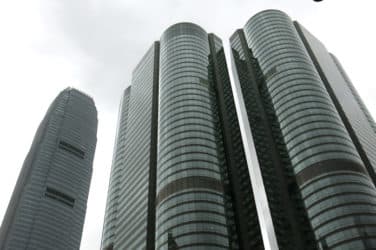There’s more going on in the options market than meets the eye.
If one measured the activity in the options market in terms of volume, then it would seem the equity derivative markets is quiet and poised for little to no volume growth this year. But this is simply not the case when one looks past volume and focuses on more structural changes, according to Jason Lichten, Director, Equity and Listed Derivatives Trading Strategies at Wolverine Execution Services. In a recent open call for Security Traders Association members, he said changes are occurring that bear scrutiny.

Jason Lichten, WEX
The first change and the one that will still be a driving force in the options sector is fragmentation. Gone are the days of an oligopoly in the exchange marketplace.
“In terms of market structure, what we’ve seen since Reg NMS is an explosion in number of options exchanges,” Lichten began. “The opening of Miax Pearl brings us to 15 lit exchanges now. And that is on top of four flash mechanisms and seven complex order books.”
In all, there are 37 different venues to source liquidity.
According to Lichten, this isn’t a cohesive market structure but rather a tangled web. Add to this that the options market is roughly five to seven years behind the equities market in terms of transparency.
“A lot of things we’ve done right and wrong here,” Lichten said when commenting on the options market structure and fragmentation. But in looking at liquidity, he noted there was really no true benefit to the investor.
And according to Lichten, the current state of easy price schemes available on the exchanges make it very easy to get into the business. As a matter of fact, he expects at least one or two more new exchange to open their doors within the next 18 months.
With all these new exchanges, market makers have decided to pull back.
“Market makers are simply not inclined to make markets in this structure,” he added. “When you think about exchange landscape and market makers today, we now have about 15 but only five or six that are relevant and trade the lion’s share of volume.”
That is way down from the 60 market makers who used to be active in the options market making business. This decrease, Lichten added, was due in part to the simple fact that market making as a business “just isn’t as profitable as it used to be.” And as profitability has gone down, technology spend -whether to hook up to all these new exchanges – or other tech costs, has either gone up or consumes a greater portion of a shrinking budget.
“Market making requires a tremendous amount of technology spend,” he said. “Speed is needed to beat the next guy and it costs money. We estimate it takes $25 to $50 million to keep speed up annually and effectively quote on all exchanges and meet their exchange obligations.”
And as a result, many options market makers, just like in equities, have closed up shop and exited the business. Also, the advent of auctions in options have taken away firms’ ability to make money.
Lichten said that the aforementioned costs, plus another $50 million for other non-technology costs, are a huge roadblock to entering the business and he expects no new firms to enter the market making business this year.
Zero.
But the good news, if any, is the fact that fewer market makers are leaving the business now. Add to this that the buy-side is increasingly looking to options and options-based strategies to generate alpha as equities appear too expensive.
“More asset managers, hedge funds, long-short players, pension funds now are all in the market for options,” Lichten said. “You’ve got more sophisticated investors looking to generate alpha in different ways. And the tools available to asset managers to trade are more robust. You can now trade multi-assets such as bonds and options and the advent of new products such as weeklies and dailies are bringing new players into the market.”





